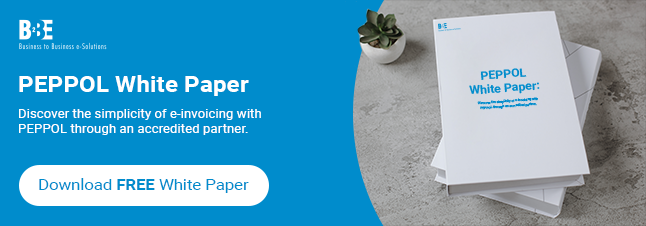In this article, we outline how to connect to the PEPPOL e-invoicing network, how to navigate the PEPPOL directory and communicating via the exchange.
So, you have done your research on your PEPPOL access point service provider 和 selected one to become your business partner – what next?
Connecting to the PEPPOL e-invoicing network has emerged as an important step towards streamlining electronic data interchange and enhancing cross-functional team operations. It has a series of technical and procedural steps, which can vary depending on the size of your business.
While the process is designed to be straightforward, businesses may encounter challenges along the way, particularly if they lack experience or expertise in electronic data interchange standards. Let’s take a look at what to expect when first connecting to the network.
Gaining access to the PEPPOL e-invoicing network
There are two ways to gaining access to the PEPPOL e-invoicing network:
- Undergoing individual accreditation; or
- Working with accredited service providers
The fastest way is the second option where businesses work with an existing infrastructure for smoother and quicker integration. It saves time and resources while ensuring compliance, all of which are highly important.
This also allows your business to expand your network quickly, staying a step ahead of competitors and accelerating onboarding. Connecting with suppliers, customers, or stakeholders opens up a world of opportunities, which is necessary to achieve success.
Watch our video round-up below:
Navigating the PEPPOL directory
The directory serves as a centralised repository of information about businesses, their electronic addresses, contact information, and certification statuses within the PEPPOL network. It becomes a given that you will be able to use search and discovery tools where you can identify trading partners based on specific criteria. For example, by industry sector, geographic location, products or services.
The purpose of having these tools is to create visibility and ensure businesses connect with others within the e-invoicing network. Each business has a unique identifier that allows them to facilitate electronic communication and document exchange with their trading partners.
Communicating via the PEPPOL message exchange
The PEPPOL system relies on standardised protocols and messaging standards to ensure compatibility across different systems and trading partners. These standards define the structure, syntax, and semantics of electronic documents exchanged within the PEPPOL network.
To ensure secure communication over the internet, the PEPPOL message exchange infrastructure employs Transport Layer Security (TLS) protocols. TLS encrypts data transmissions between sender and receiver, protecting sensitive information from unauthorised access or interception.
Before transmission, electronic documents exchanged within the PEPPOL e-invoicing network undergo validation and compliance checks to ensure adherence to PEPPOL specifications and standards. This includes validation of document syntax, structure, and content, as well as compliance with regulatory requirements and business rules.
Gaining access to the PEPPOL e-invoicing network, navigating the PEPPOL directory, and communicating via the PEPPOL message exchange infrastructure are essential steps for businesses seeking to streamline their procurement process and build connections with trading partners. All of these steps are designed to help businesses save time and work efficiently.
Learn more about B2BE’s PEPPOL Access Point.
关于B2BE
B2BE在全球范围内提供电子供应链解决方案,帮助企业更好地管理其供应链流程,提供更高的可视性、可审计性和控制性。我們以對工作的熱情為動力,以創新為靈感,以豐富的知識為依托。B2BE团队拥有20多年的经验,在世界各地开展工作。
欲了解更多信息,请访问 www.b2be.com.

